The Rolleicord Va: The perfect introduction to medium format
Last Updated on September 20, 2022
The Rolleicord was the camera that started it all for many photo enthusiasts around the world, and for me, it definitely was one of the most significant cameras that I have ever used. With its personality combined with high quality, once you’ve been hooked on Rollei, there’s no going back.
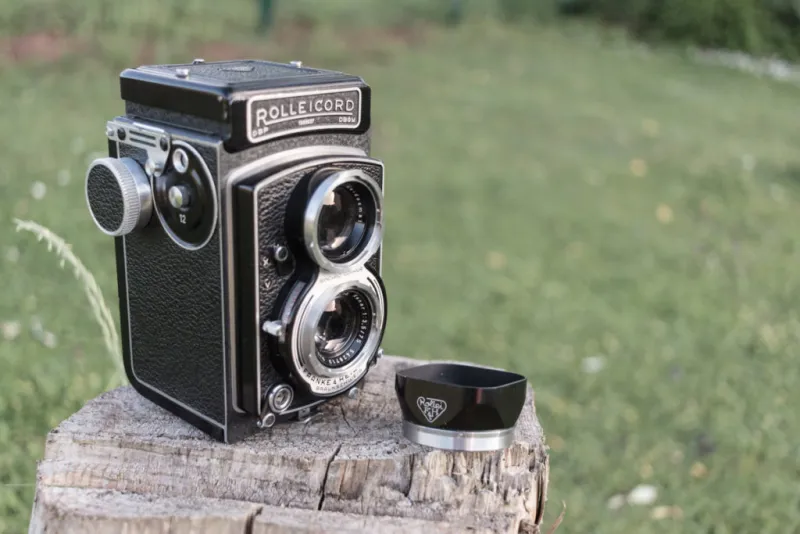
Table of Contents
Rolleicord Va Specs
- One-hand operated light shaft with fold-out magnifying glass (2.5x magnification)
- Waist level viewfinder with automatic parallax correction
- Schneider-Kreuznach Xenar 1:3.5 75mm (4 elements, single coated)
- Synchro Compur Shutter (1s to 1/500s)
- Self-timer (10s delay, lever in V position)
- Preparation for cable release
- Protection switch against double exposures
- Connection for flash with flash synchronization
- Transport button with automatic film lock
- Light value adjustment.
- Shutter/aperture setting.
- Focusing wheel with distance setting and depth of field scale
- Adjustable reminder for the ASA/DIN number of the inserted film
- automatic frame counter
- Light value table for orientation
- Bayonet 1 mount on both lenses (for lens hood / filter etc.)
- Dimensions: (HxWxD) 14cm x 9.9cm x 10cm (12cm with lens hood attached)
- Weight: 875g
History of Rolleicord Va
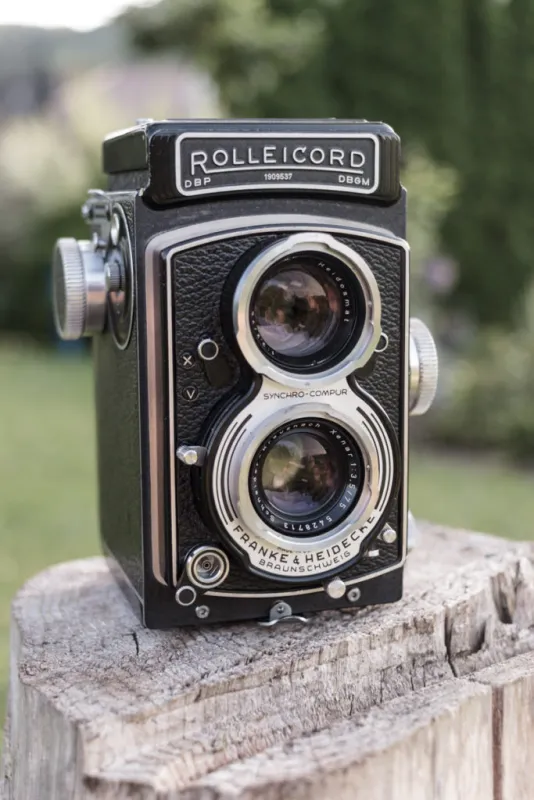
While bellows and box cameras were commonplace in photography in the 1920s, new ideas were being developed in Germany as to what the future of the camera could look like.
Over in Wetzlar they tried miniaturization and so-called 35mm film. Crazy idea! In Braunschweig they preferred to stick to the 6x6cm format. The result of the development by Franke & Heidecke was a camera that had not one, but two lenses. The so-called TLR camera (Twin Lens Reflex camera) or two-lens reflex camera.
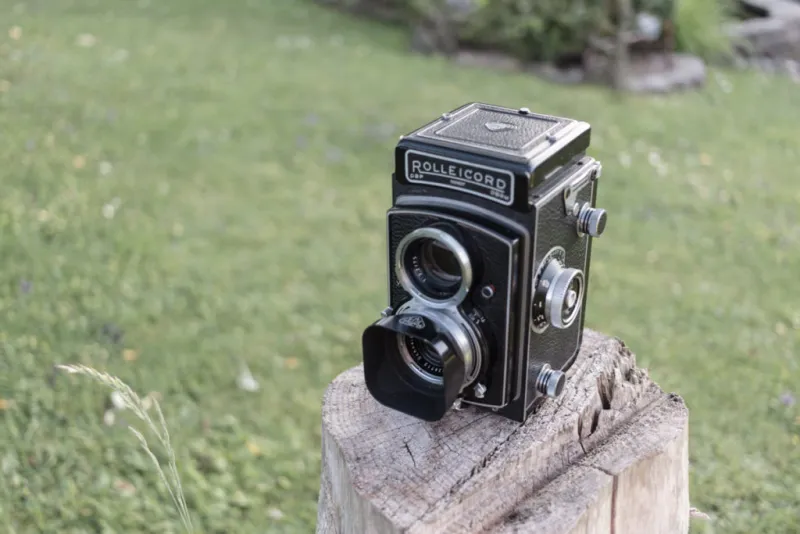
From Rolleicord I to Vb
If the words marketing and prosumer had existed back then, the marketing department would have advertised the Rolleicord as a typical prosumer camera.
But even without these great buzzwords, the camera became a hit. It was relatively light, but built very robust.
In 1933 the first Rolleicord, the so-called Rolleicord I, also known as Art Deco Rolleicord, rolled off the production line. (By the way, an absolute eye-catcher for the display case) Franke & Heidecke all referred to the various Rolleicord models with Roman letters – from I to V(b).
In 1957 the fifth model version of the Rolleicord came onto the market. The Rolleicord V, later also referred to as Va to distinguish it from the revised Vb version. The equipment of the Rolleicord could be described as a reduction to the essentials.
Everything is there that you need for good photos and nothing more. No distraction by functions that you only need once in a lifetime (if at all). Nothing interferes with the composition of great photos. The focus remains on the essentials.

Construction
The camera offers TLR-typical 2 lenses, a recording lens and a viewfinder lens. The viewfinder lens of the Rolleicord Va is a Heidosmat 1:3.2 75mm. This lens is what you look through when you look into the viewfinder.
The second lens through which the film is exposed is a Schneider-Kreuznach Xenar 1:3.5 75mm lens. It impresses with excellent imaging performance, especially if you stop it down a bit.
But it’s still very good with an open aperture. In addition, Franke & Heidecke had greatly improved the stray light sensitivity inside the Rolleicord from the Va model onwards. It is therefore worth buying one of the Va* or Vb models.

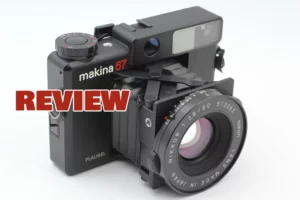
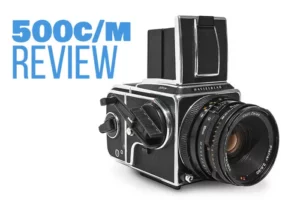
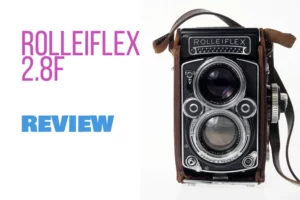
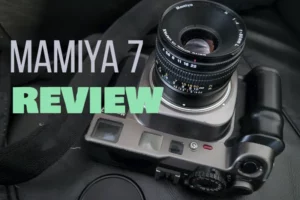
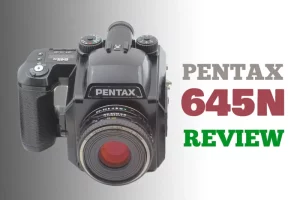
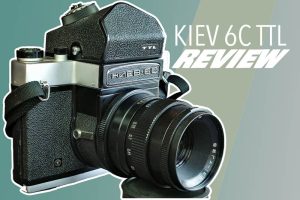
I now have a Va, having previously used a ‘flex made 1933, from 1984-2006 when I dropped it. Replaced it with a 500CM. E6 6 X 6 slides indistinguishable from the TLR, even on a light box. After a few years I feared breakdown of the Hasselblad and my partner sold it on eBay, made twice what I paid for it.
So I now have a Rolleicord Va. Works fine and have started making the big slides again. I’m going to get a 6 X 6 projector. Compared with medium format SLR cameras, the ‘cord is whisper quiet. As I’m very deaf, I have to try and feel the vibration of the body to check it’s fired. No-one notices you with this camera unless you raise it to your face to use the direct vision finder.
My camera came in a very solid English leather case. Ditto the lens hood. The earlier ‘flex did so too. Twenty mins with boot polish and it came up a treat.